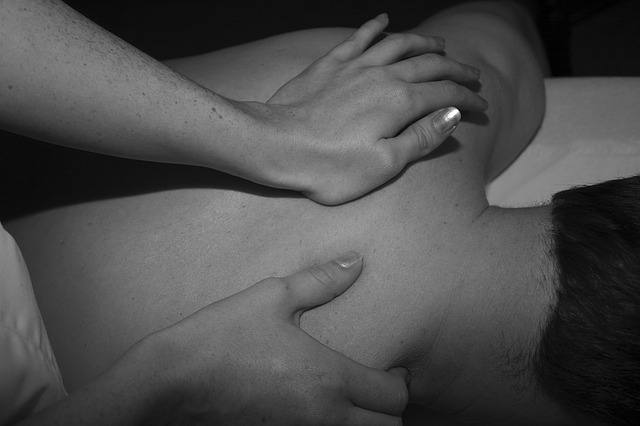
Titled “Chronic pain intervention using pulsed shortwave therapy: the relationship between pain demographics and central sensitization inventory”, the study found that ActiPatch reduced chronic pain linked to central sensitization by 41.6%, in a sample of 174 people. Further, the study found that the level of central sensitization in subjects (Central Sensitization Inventory) is strongly correlated with their baseline pain levels, among other demographics.
Chronic pain is highly prevalent and affects 1 in 3 Americans. Central sensitization (a.k.a. nerve hypersensitivity) is often viewed as the underlying explanation for chronic pain. Pharmacological interventions such as topicals, NSAIDs and opioids offer limited relief and can present serious adverse effects with regular use. Electroceutical devices can target central sensitization and are ideal for treating pain, but existing options (TENS etc.) require invasive or semi-invasive use and produce uncomfortable sensations. ActiPatch, made by BioElectronics, is the only electroceutical that is non-contact (no skin contact needed), can be used 24/7 and does not provide any uncomfortable sensations.
The article was authored by Dr. Richard Staelin, Ph.D. of Duke University, Dr. Ian Rawe, Ph.D., Director of Clinical Research at BioElectronics and Dr. Sree Koneru, Ph.D., VP of Product Development at BioElectronics. “The evidence from this paper adds credence to the hypothesis that ActiPatch reduces chronic pain by mitigating nerve hypersensitivity associated with central sensitization. Importantly, this means that our products can be further developed to treat disorders beyond pain such as overactive bladder,” said Dr. Koneru. The original article can be viewed at: https://www.futuremedicine.com/doi/full/10.2217/pmt-2018-0032
As a side note, the Company has filed its response to the FDA’s request for additional information on the postoperative pain 510(k) application on May 29, 2019.
Source: Company Press Release.




